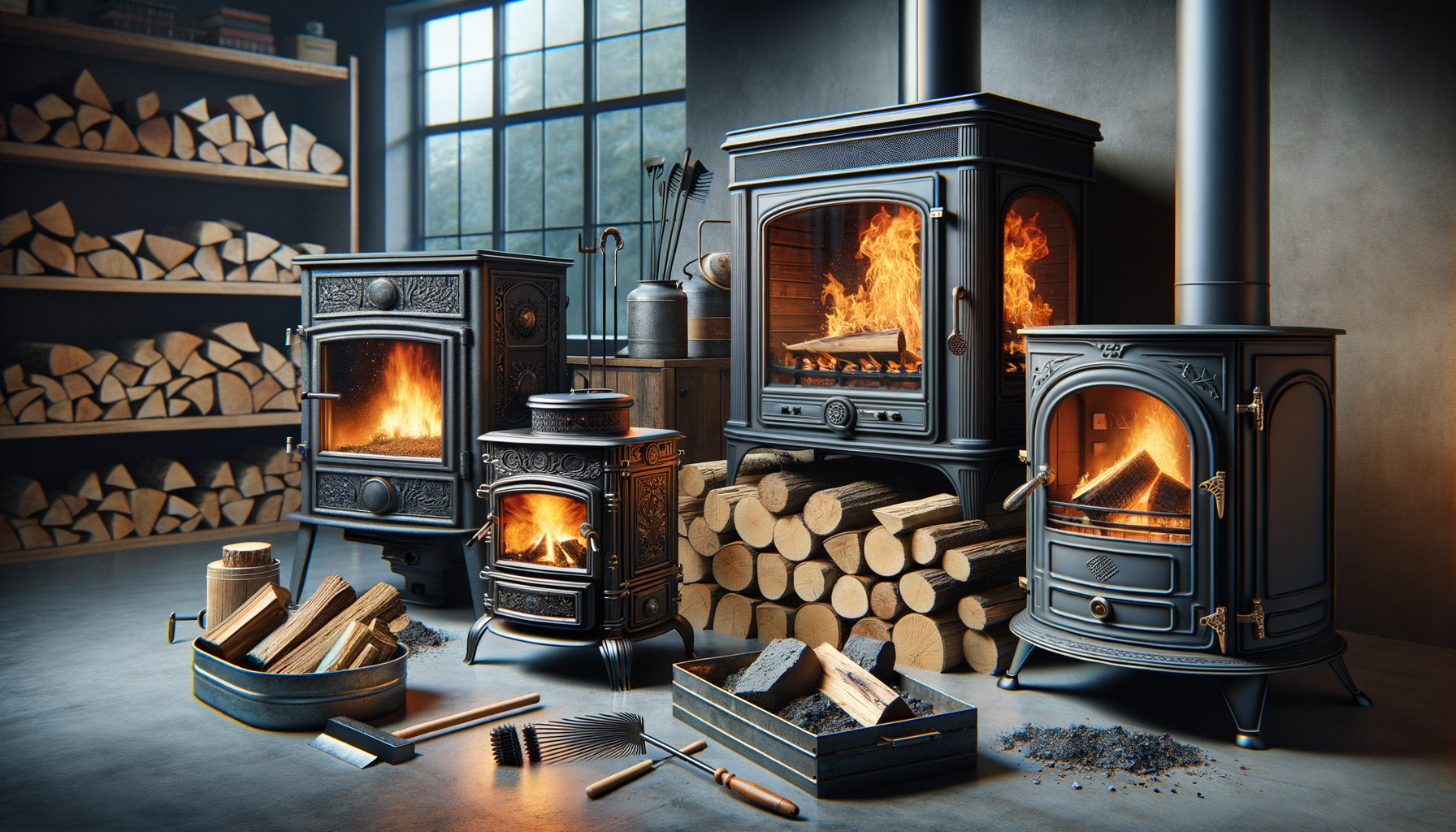Introduction to Wood Stoves
Wood stoves have been a cornerstone of home heating for centuries. In modern times, they continue to offer a practical and aesthetically pleasing way to warm a home. Beyond their rustic charm, wood stoves provide an efficient heating solution that can help reduce energy costs. However, selecting the right wood stove requires careful consideration of several factors, including room size, heat distribution, and ventilation setup. This article will guide you through the essential aspects to consider when choosing a wood stove, ensuring you make an informed decision that enhances your living space.
Understanding Heat Output and Efficiency
One of the primary considerations when purchasing a wood stove is its heat output and efficiency. The heat output is measured in British Thermal Units (BTUs) and determines the stove’s ability to warm a space. When choosing a stove, it’s crucial to match the BTU rating to the size of the area you intend to heat. A stove with too high a BTU rating can overheat a room, while one with too low a rating may struggle to maintain a comfortable temperature.
Efficiency is another vital factor. Modern wood stoves are designed to maximize heat production while minimizing wood consumption. Look for models with a high efficiency rating, as these stoves convert more of the wood’s energy into usable heat. This not only reduces the amount of wood needed but also minimizes emissions, making it a more environmentally friendly choice.
When assessing efficiency, consider stoves with features like secondary combustion, which burns off gases and particulates before they exit the chimney. This process not only increases heat output but also reduces smoke and creosote buildup, contributing to cleaner air and less maintenance.
Choosing the Right Size and Style
The size and style of a wood stove are crucial elements that affect both functionality and aesthetics. A stove that is too large for your space can lead to overheating, while one that is too small may not provide adequate warmth. It’s essential to measure the room and consult with a professional to determine the appropriate stove size.
In terms of style, wood stoves come in a variety of designs ranging from traditional to contemporary. Consider the overall aesthetic of your home and choose a stove that complements your interior decor. Whether you prefer a classic cast iron model or a sleek modern design, there’s a wood stove to suit every taste.
Additionally, think about the stove’s placement within the room. A central location is ideal for even heat distribution, but ensure there’s adequate clearance from walls and furniture for safety. Some stoves offer additional features like glass doors for viewing the fire, which can add to the ambiance of your home.
Installation and Ventilation Considerations
Proper installation and ventilation are critical to the safe and efficient operation of a wood stove. Before purchasing, check local building codes and regulations, as these can vary significantly. It’s advisable to hire a certified professional to ensure the stove is installed correctly and meets all safety standards.
Ventilation is essential for the safe expulsion of smoke and gases. A properly installed chimney or flue system is necessary to prevent smoke from entering your home. Consider the type of chimney needed, whether it’s a masonry chimney or a prefabricated metal flue, and ensure it is compatible with your chosen stove.
Regular maintenance of the chimney and stove is also important to prevent creosote buildup, which can lead to chimney fires. Schedule annual inspections and cleanings to keep your stove running efficiently and safely.
Environmental Impact and Sustainability
With growing environmental concerns, the sustainability of wood stoves is an important consideration. Modern wood stoves are designed to burn wood more cleanly and efficiently, reducing their environmental footprint. Look for stoves that meet or exceed EPA (Environmental Protection Agency) standards, as these models produce fewer emissions and are better for the environment.
Using sustainably sourced wood is another way to minimize environmental impact. Consider purchasing wood from local suppliers who practice responsible forestry, ensuring that wood is harvested in a way that maintains the health of forest ecosystems.
Additionally, some wood stoves are compatible with pellet fuels, which are made from compressed wood waste. Pellets burn cleanly and efficiently, providing an alternative to traditional firewood that can further reduce the stove’s environmental impact.




Leave a Reply